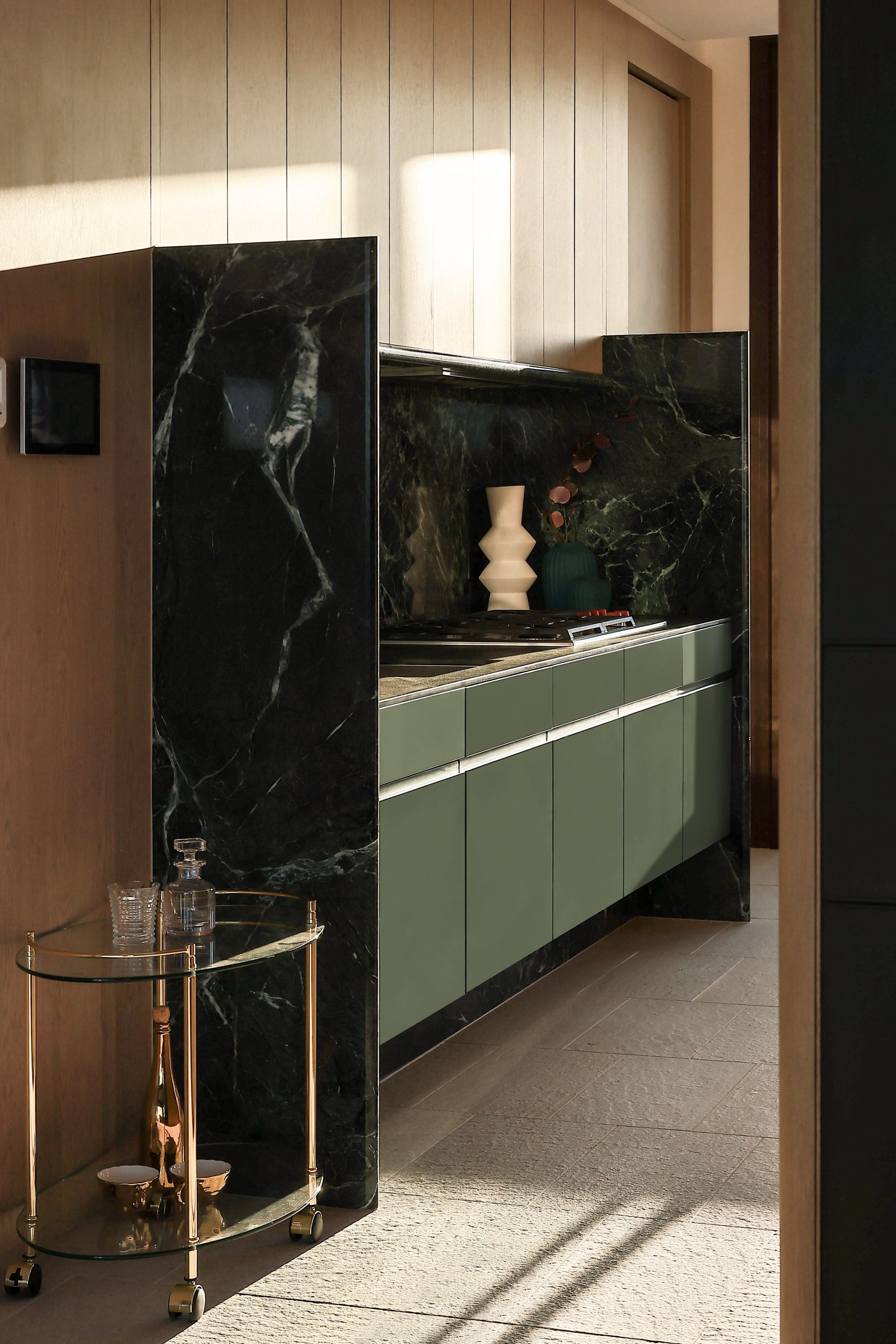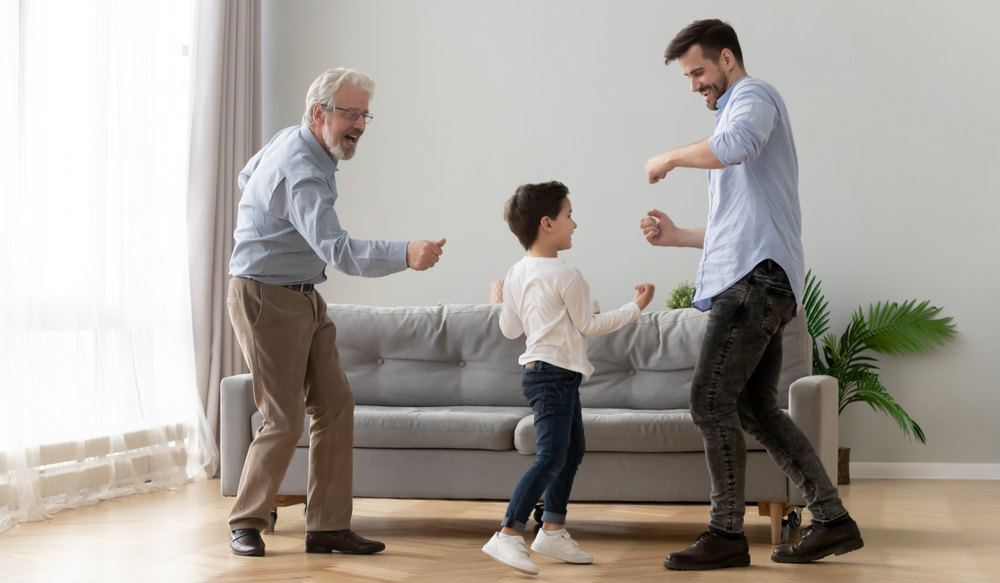China Home Sales Plunge in July, as Mortgage Revolt Deters Buyers
Sales fell on the year and from the previous month, ending a budding recovery.
A nascent two-month recovery in China’s home sales ended in July, as a widespread mortgage revolt over concerns that ailing property developers wouldn’t be able to deliver still-unfinished apartments weighed on demand.
Sales at the country’s top 100 property developers fell 39.7% in July from the same period last year to the equivalent of $77.6 billion, or 523.14 billion yuan, according to data released Sunday by CRIC, a Chinese real-estate data provider.
July sales were down 28.6% from June, ending a two-month recovery in month-to-month sales growth. Apartment sales showed increases in May and June from the previous months, as activity picked up following Covid lockdowns in Shanghai and other Chinese cities earlier this year.
China’s private-sector property developers went on a yearslong, debt-fueled building boom, selling homes before they were built, until a funding crisis that began last year led to defaults and stalled projects. Buyers who typically sank large down payments into those homes have been venting their frustrations all summer.
China’s home sales often experience a lull in July, because developers rush to book sales in June to meet first-half targets. But analysts said the main drag on activity this time has been the mortgage revolt and its impact on would-be buyers’ confidence.
The revolt started at the end of June at an Evergrande project in Jingdezhen, in central China’s Jiangxi province, where frustrated home buyers threatened to renege on mortgages on unfinished properties. Hundreds of buyers from roughly 320 projects across the country had followed suit as of July 29, according to a tally of statements from homeowners who said they will stop paying their mortgages circulating on GitHub, a Microsoft Corp.-owned coding-collaboration site.
Home buyers—some waving signs saying “Construction stops and mortgage stops!”—say the threat to halt payments is the only way to get their voices heard as projects stall and delivery times drag out. A broadly slowing economy that is biting into employment and incomes is adding to the pressure. Some buyers say they are increasingly unwilling to keep paying for a home they aren’t sure they will ever receive.
Week-over-week data put together earlier by CRIC to study the impact of the mortgage revolt had signalled the July decline. In 30 cities CRIC determined to have been seriously affected by the revolt, new home sales dropped by 12% in the week ended July 10 from the week before, then fell 41% in the week ended July 17.
More home buyers are choosing second-hand homes or new ones built by state-owned developers, which are typically in a stronger financial position.
Pressure on the government is building, but hopes for a large real-estate rescue package from Beijing remain unrealized. The Politburo, China’s top policy-making body, made clear recently that local governments are ultimately responsible for fixing the property woes in their markets.
Budget-strapped local authorities have strained to boost property demand, resorting to increasingly creative measures. Dozens of cities have lowered down payments and interest rates. Some are offering outright cash subsidies. Others have announced relief funds for cash-strapped developers or plans to take over troubled projects.
“But the sector won’t stabilize if developers’ liquidity crunch is not relieved,” said Song Hongwei, a research director of Tongce Research Institute, which tracks and analyzes China’s real-estate market.
On Friday, troubled property developer China Evergrande Group sketched out the contours of a plan to restructure its billions of dollars in debt and said its contracted apartment sales in the first six months of the year had fallen about 97% from the same period a year earlier.
Reprinted by permission of The Wall Street Journal, Copyright 2021 Dow Jones & Company. Inc. All Rights Reserved Worldwide. Original date of publication: July 31, 2022
 Copyright 2020, Dow Jones & Company, Inc. All Rights Reserved Worldwide. LEARN MORE
Copyright 2020, Dow Jones & Company, Inc. All Rights Reserved Worldwide. LEARN MORE
This stylish family home combines a classic palette and finishes with a flexible floorplan
Just 55 minutes from Sydney, make this your creative getaway located in the majestic Hawkesbury region.
A Sydney site with a questionable past is reborn as a luxe residential environment ideal for indulging in dining out
Long-term Sydney residents always had handful of not-so-glamourous nicknames for the building on the corner of Cleveland and Baptist Streets straddling Redfern and Surry Hills, but after a modern rebirth that’s all changed.
Once known as “Murder Mall” or “Methadone Mall”, the 1960s-built Surry Hills Shopping Centre was a magnet for colourful characters and questionable behaviour. Today, however, a $500 million facelift of the site — alongside a slow and steady gentrification of the two neighbouring suburbs — the prime corner property has been transformed into a luxury apartment complex Surry Hills Village by developer Toga Group.
The crowning feature of the 122-apartment project is the three-bedroom penthouse, fully completed and just released to market with a $7.5 million price guide.
Measuring 211sqm of internal space, with a 136sqm terrace complete with landscaping, the penthouse is the brand new brainchild of Surry Hills local Adam Haddow, director of architecture at award-winning firm SJB.
Victoria Judge, senior associate and co-interior design lead at SJB says Surry Hills Village sets a new residential benchmark for the southern end of Surry Hills.
“The residential offering is well-appointed, confident, luxe and bohemian. Smart enough to know what makes good living, and cool enough to hold its own amongst design-centric Surry Hills.”
Allan Vidor, managing director of Toga Group, adds that the penthouse is the quintessential jewel in the crown of Surry Hills Village.
“Bringing together a distinct design that draws on the beauty and vibrancy of Sydney; grand spaces and the finest finishes across a significant footprint, located only a stone’s throw away from the exciting cultural hub of Crown St and Surry Hills.”
Created to maximise views of the city skyline and parkland, the top floor apartment has a practical layout including a wide private lobby leading to the main living room, a sleek kitchen featuring Pietra Verde marble and a concealed butler’s pantry Sub-Zero Wolf appliances, full-height Aspen elm joinery panels hiding storage throughout, flamed Saville stone flooring, a powder room, and two car spaces with a personal EV.
All three bedrooms have large wardrobes and ensuites with bathrooms fittings such as freestanding baths, artisan penny tiles, emerald marble surfaces and brushed-nickel accents.
Additional features of the entertainer’s home include leather-bound joinery doors opening to a full wet bar with Sub-Zero wine fridge and Sub-Zero Wolf barbecue.
The Surry Hills Village precinct will open in stages until autumn next year and once complete, Wunderlich Lane will be home to a collection of 25 restaurants and bars plus wellness and boutique retail. The EVE Hotel Sydney will open later in 2024, offering guests an immersive experience in the precinct’s art, culture, and culinary offerings.
The Surry Hills Village penthouse on Baptist is now finished and ready to move into with marketing through Toga Group and inquiries to 1800 554 556.
This stylish family home combines a classic palette and finishes with a flexible floorplan
Just 55 minutes from Sydney, make this your creative getaway located in the majestic Hawkesbury region.



























